Brothers Jon and Christopher Piana have been farming in the hills of Barnard, Vermont, for nearly a decade, husbanding the site’s ancient apple grove, foraging wild fruits and herbs and saps, and waiting for their newly planted trees, shrubs, and vines to come online. They call their cider “apple wine,” and have made a convincing case for their cider-as-wine philosophy.
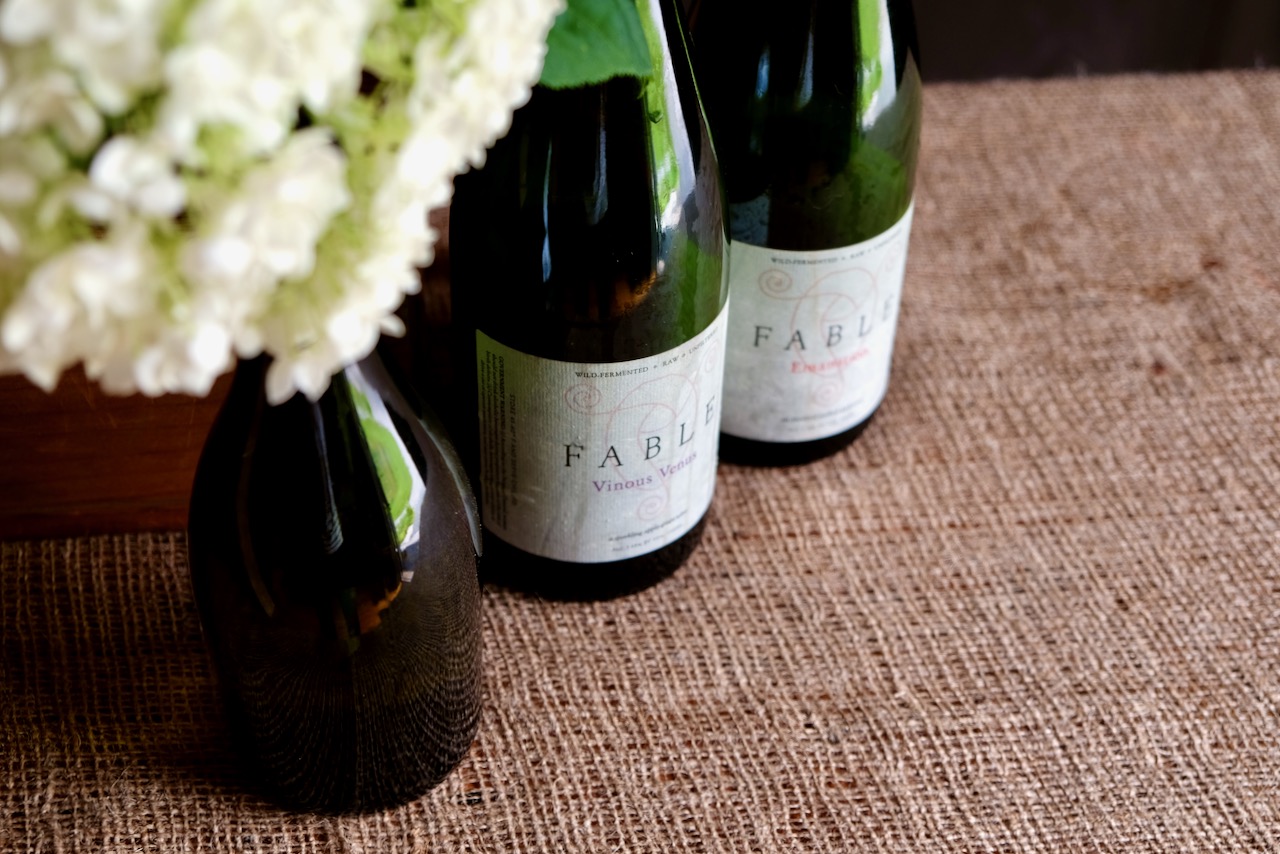
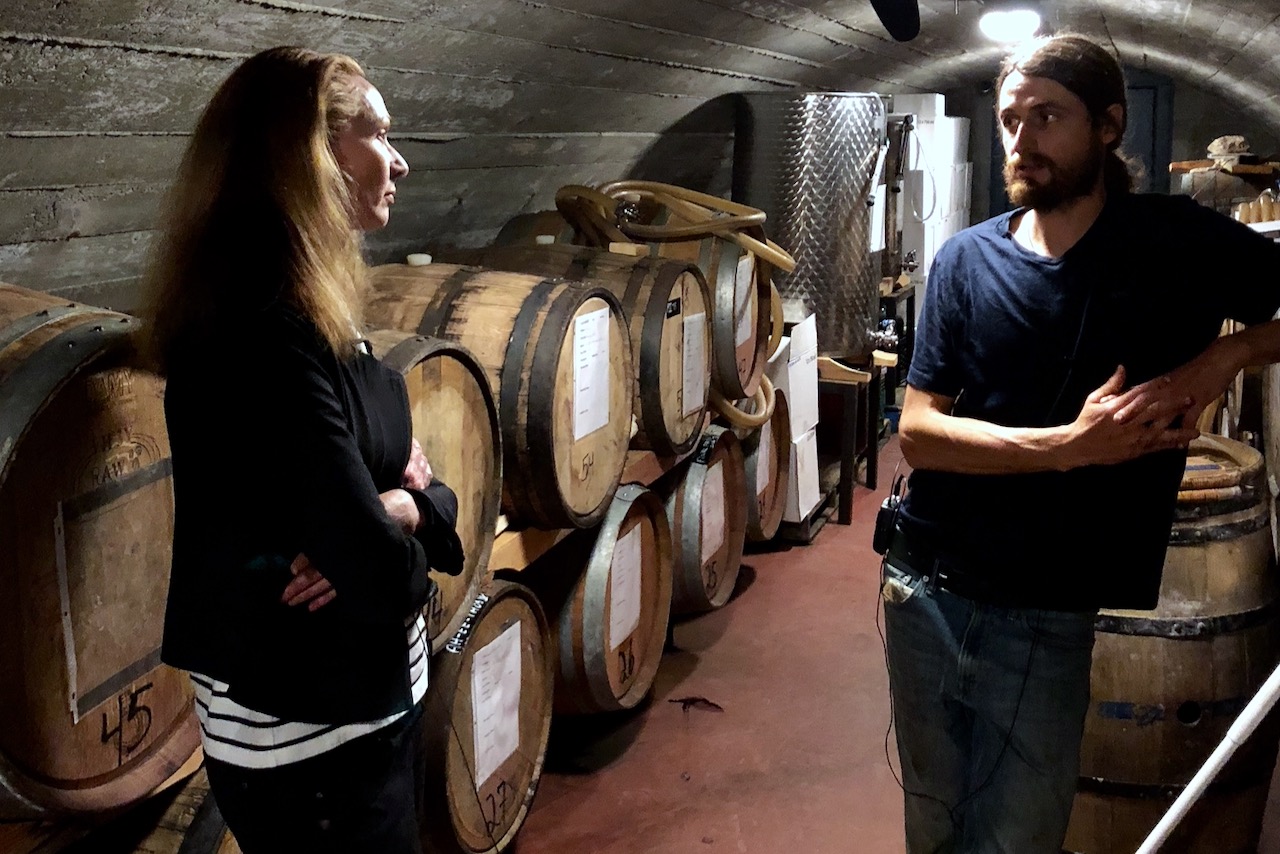
After my first taste of their production, I shared my notes in this short article about Fable Farm and vowed to meet them soon. That finally happened in July 2019, when videographer Johannes Kroemer and I visited the Pianas to interview them for a video about Vermont terroir cider makers. We arrived on a sunny Wednesday, and Christopher gave us a quick tour before the farm’s weekly community lunch. Afterward, we descended into the narrow cellar to interview Jon. In October, we returned to shoot harvest in action.
I captured far more material than could be shoehorned into a short film, but the project deserves a longer airing, because the work of these two farmer-winemakers feels both ancient and wholly new. Below is the full interview with Jon Piana, condensed and edited for clarity.
Meg Maker: If we were introduced at a dinner party and I asked, “What do you do?” what would you say?
Jon Piana: I pretty much consider myself a winemaker, farmer, herbalist, artist, seeker of truth.
When I was in college, I studied what it means to farm. I was curious how to weave arts into agriculture and how to look at the farmer. I traveled in Switzerland and the UK to ask that question: How does the country view farming and farmers in general?
I learned that there is a breed of farmer, and I’m not that. I’m more of a horticulturist and grower. But farming is anything that you shepherd, anything you raise from seed or baby, from young life to maturity. What it comes down to is shepherding crops.
Why did you choose Vermont to do your work?
I chose Vermont to live and farm for many different reasons. The most obvious is how rich the growing season is, how rich the soil and ecosystems are. I’m particularly drawn to the hills and the nooks and crannies, the greenery, the short but dynamic growing season, and the ability to take the winter to slow down and focus more inward.
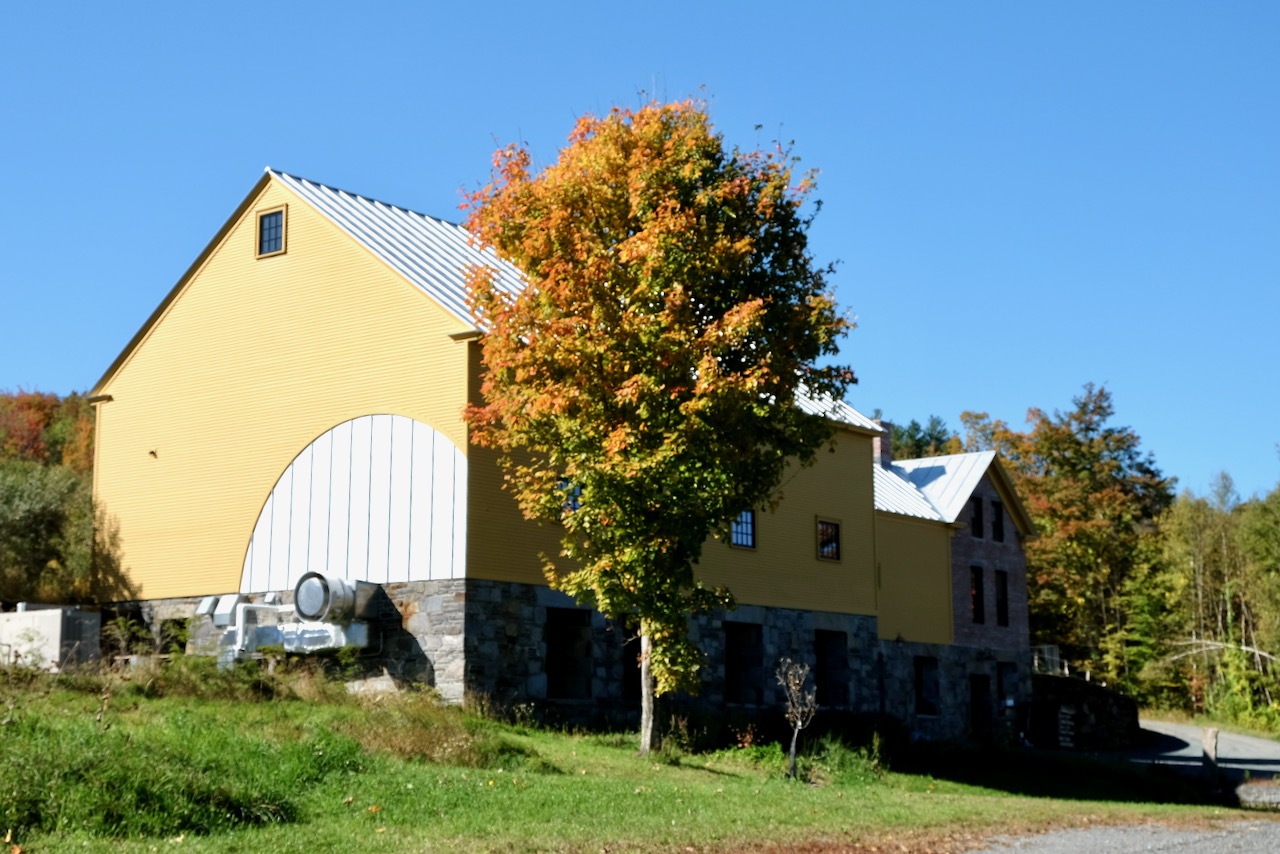
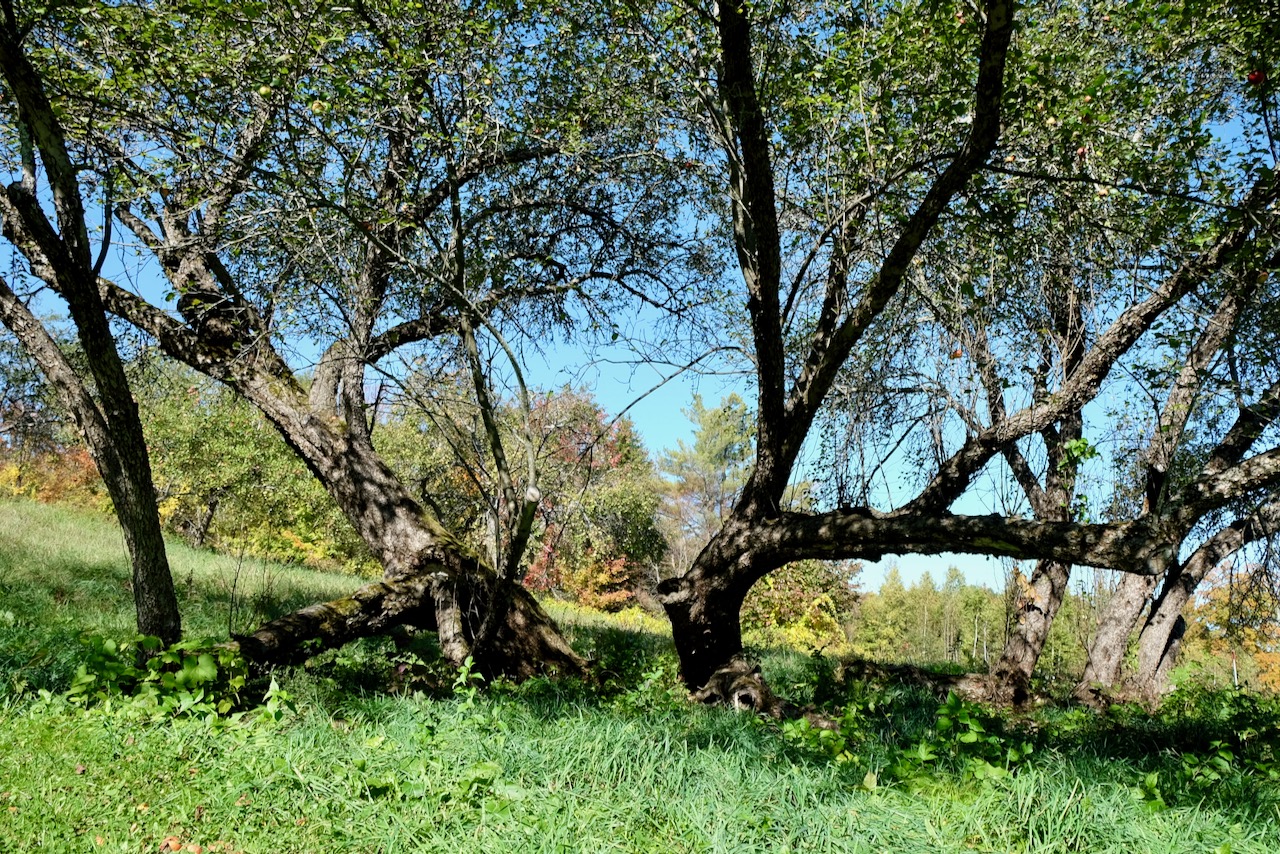
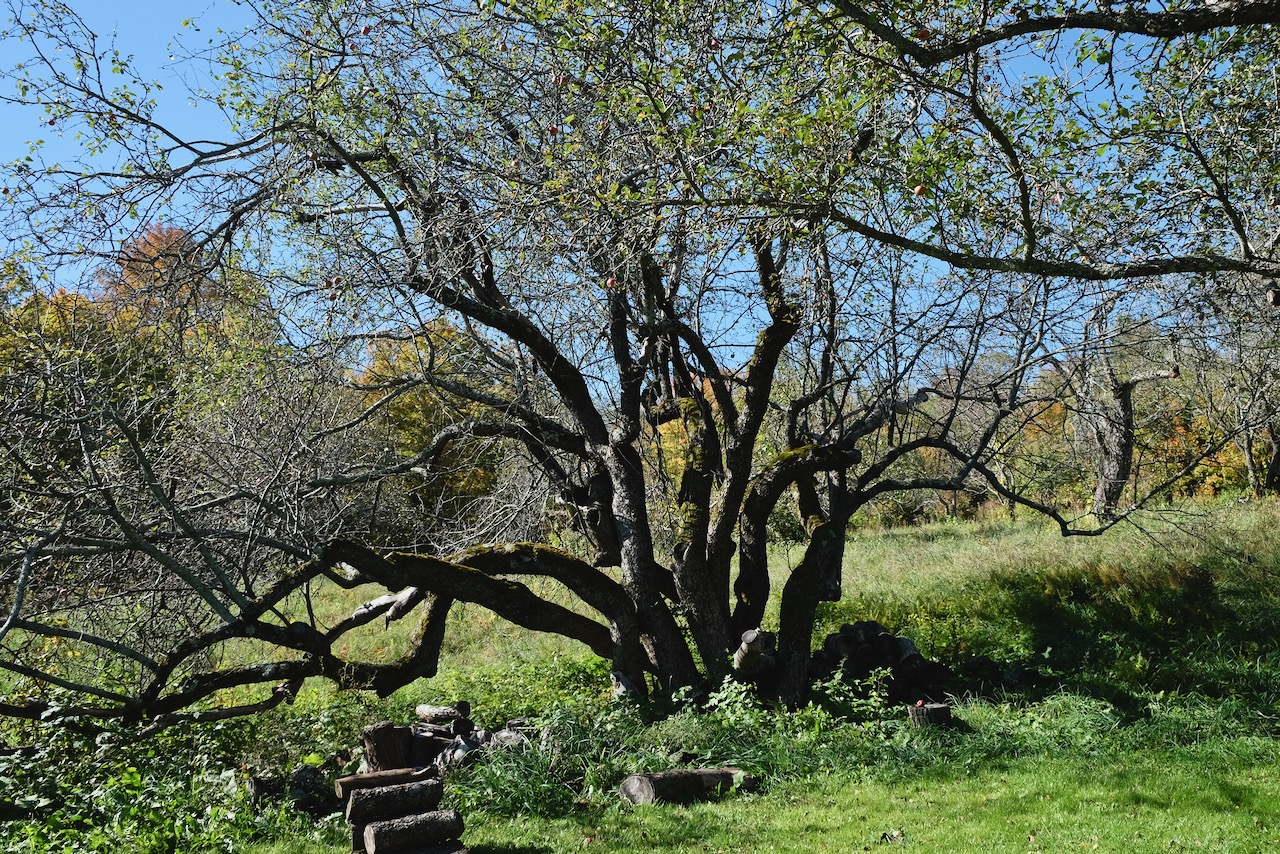
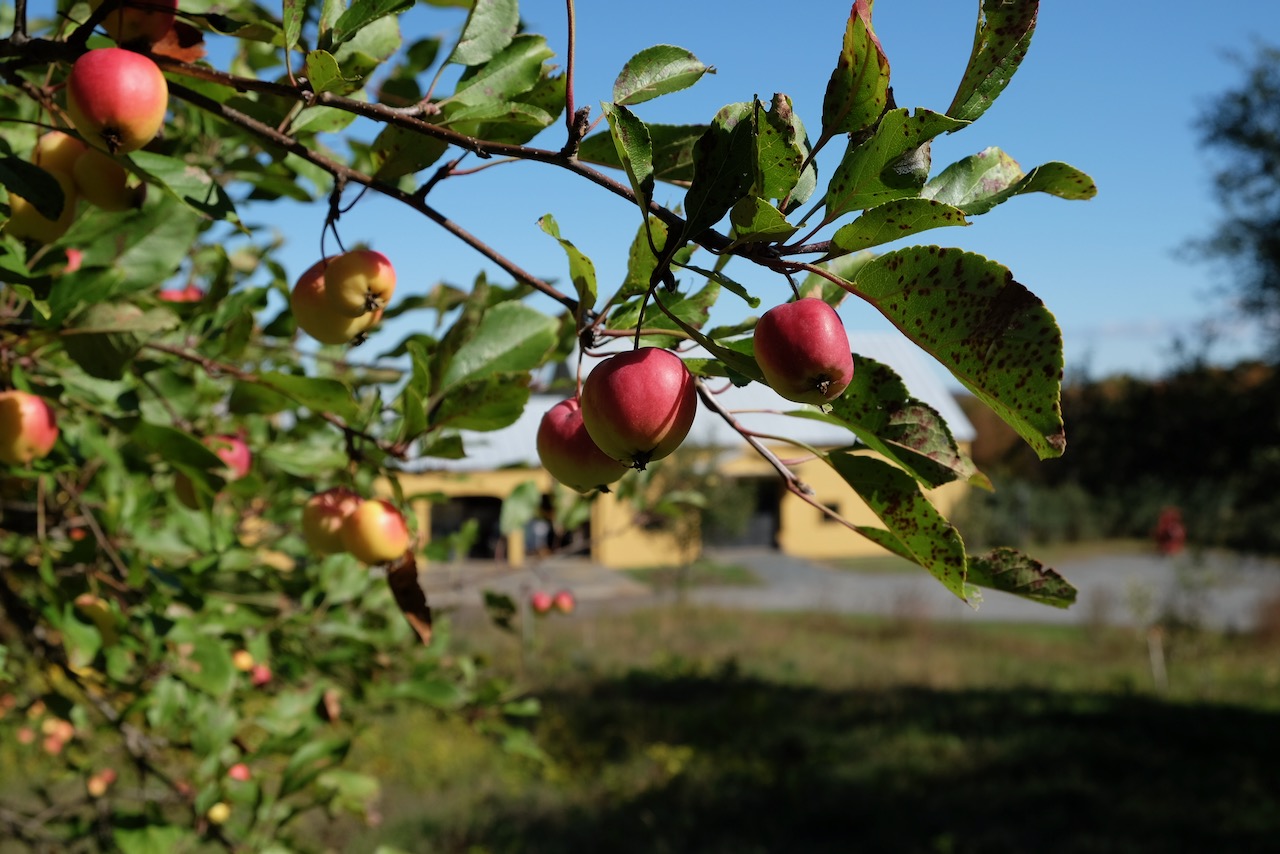
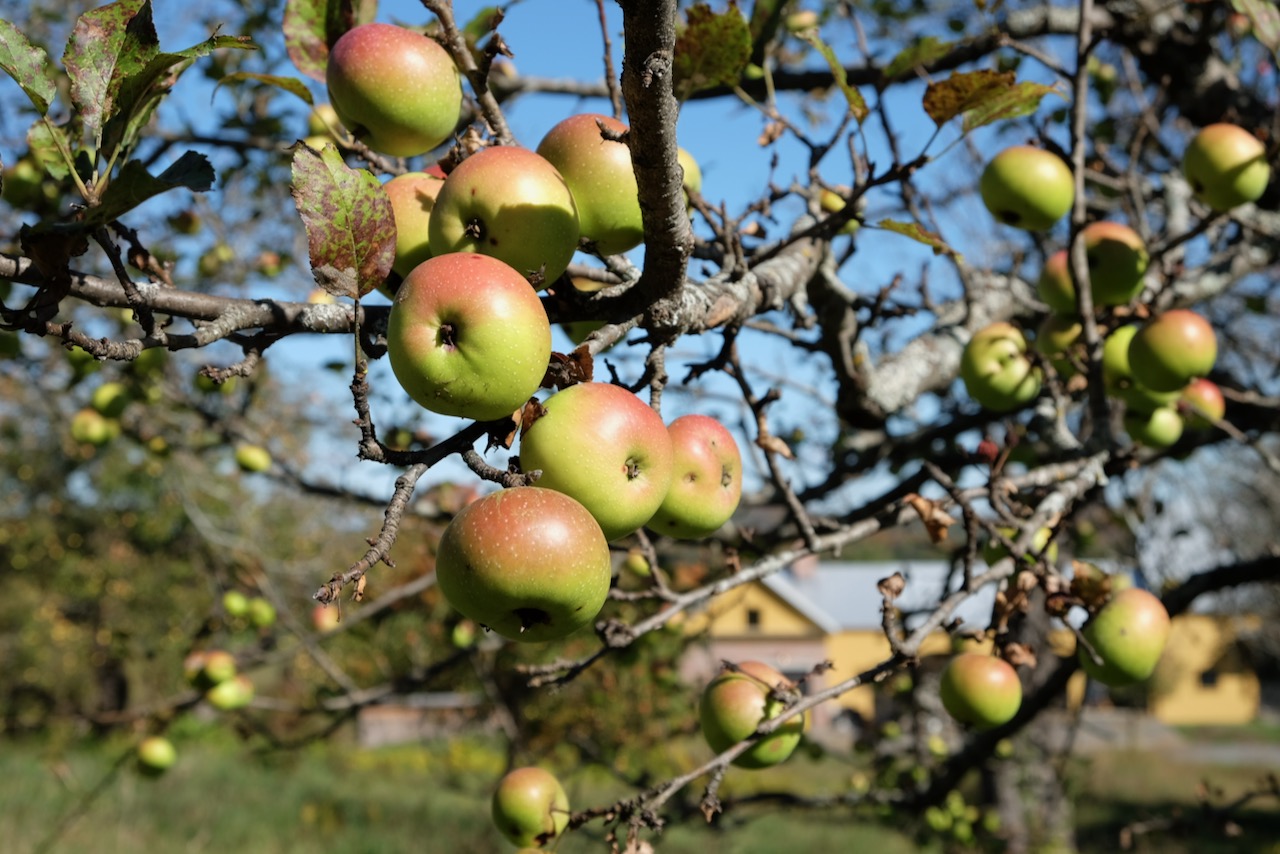
What does it mean to you to “farm” your ciders?
We’ve had to farm our trees, grow our trees — but they’re not bearing yet. So, to date we’ve made our cider from foraged fruit, from trees that either people planted or birds and wind and nature herself have sown.
Essentially, for us, farming our ciders means sourcing fruit directly from the land, directly from the earth, as opposed to buying-in juice from a large-scale operation out of state. It’s a taste of place. We are the ones harvesting and coming into contact with the trees and the soil and the natural environment of where the fruit is grown.
You and your brother Christopher work together. How do you collaborate and cooperate?
We started out as a brotherhood and partnership ten years ago with vegetable farming. We see each other as complete equals, working together beyond ourselves, working toward a larger whole.
We divide labor in ways that have emerged naturally but are also circumstantial and work with our tendencies. With Christopher being more an extrovert, and me being more of an introvert, he’s good with people and dealing with interns and facilitating the social aspects, and I tend to want to keep to myself more. I think he’s now getting to the point where he’d want to “introvert” more, because it’s all about balance. It’s an ebb and flow.
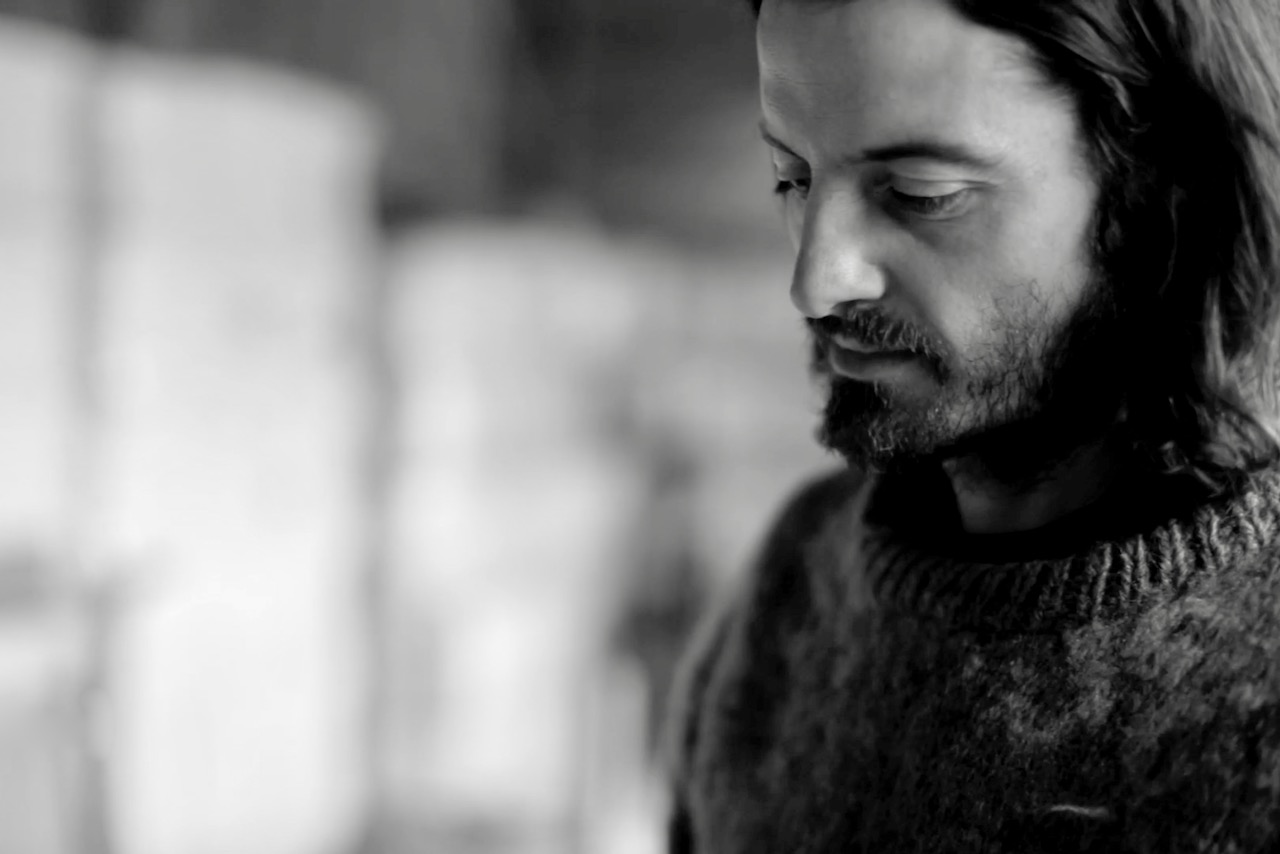
What about your work is most challenging right now?
Living within the capitalistic system, and making the winery exist within and conform to that. In an ideal world I’d live in a monastic or artistic setting where I could solely focus on the craft. But sustainability comes down to economics. As hard as it is, it’s true. For us to keep doing what we’re doing we need to reach a certain quota every year. We try to diversify with hospitality, and accommodations, so we don’t have to grow the winery to a scale that sacrifices quality.
Tell us about how you got started with beverage production.
We started with just wild foraged cider, with a still cider — which was our flagship: a still, barrel-aged cider that tasted like an old Alpine white wine after a couple of years of aging in the barrel.
From the beginning we were aging our cider in barrels. We found that was a necessity because it was all wild fermentation and we didn’t sulfur, so it went through a lot of rough phases. I don’t know if it’s because we have more cultures in the cellar now, but lately it seems like it’s a lot quicker to come around from press to bottle. In the early days we felt like it needed to age. Although we do still prefer to age it because it softens the cider out.
The apples we forage and grow here have a lot of diversity, a lot of tannin structure, a lot of acid — a blending of sugar, acid, tannin — so the ciders have always been a complete field blend. From September, sometimes August, through November, we get micro-seasonal blends that we put up and age according to when they were pressed. Sometimes we’ll even blend vintages, like with Fluxion, which is a cider blended between two years to combine the youth of one wine and the maturity of another.
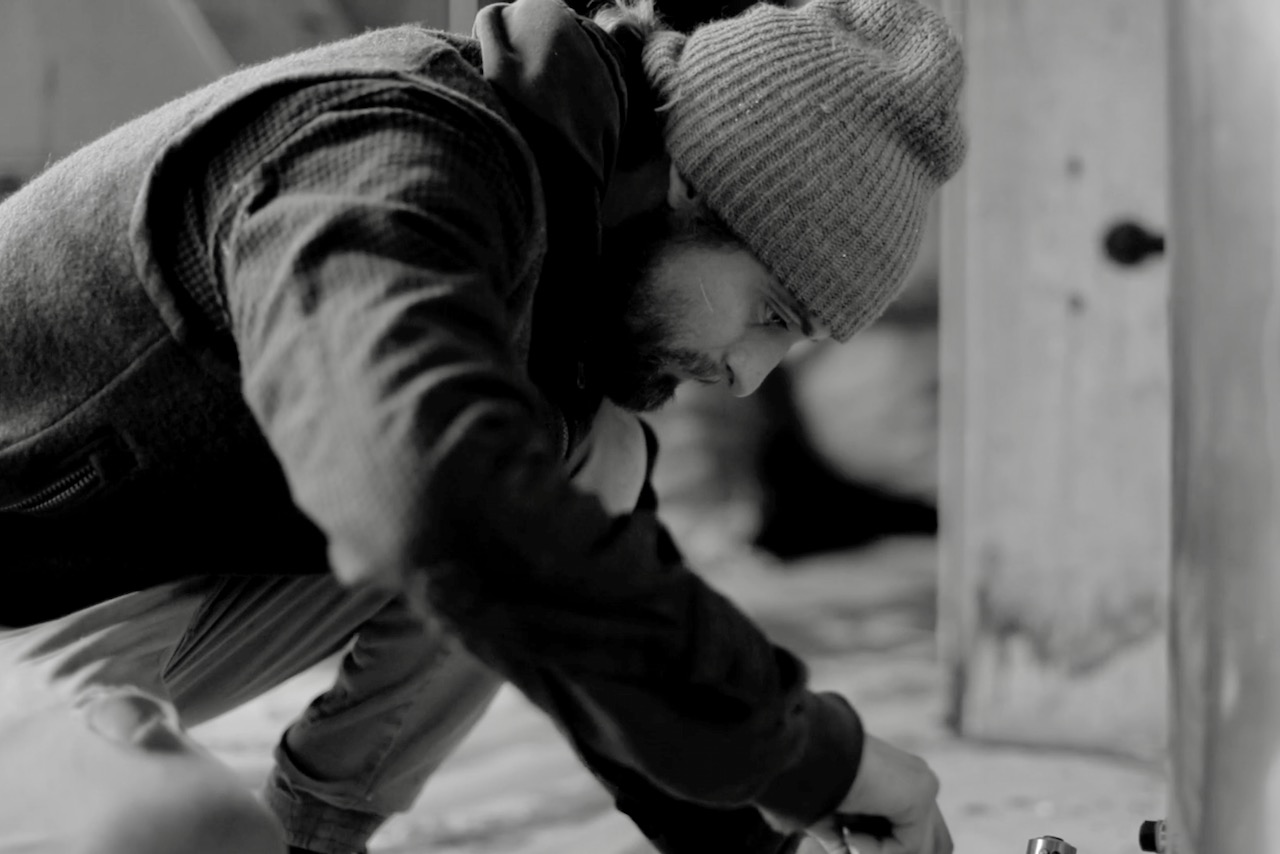
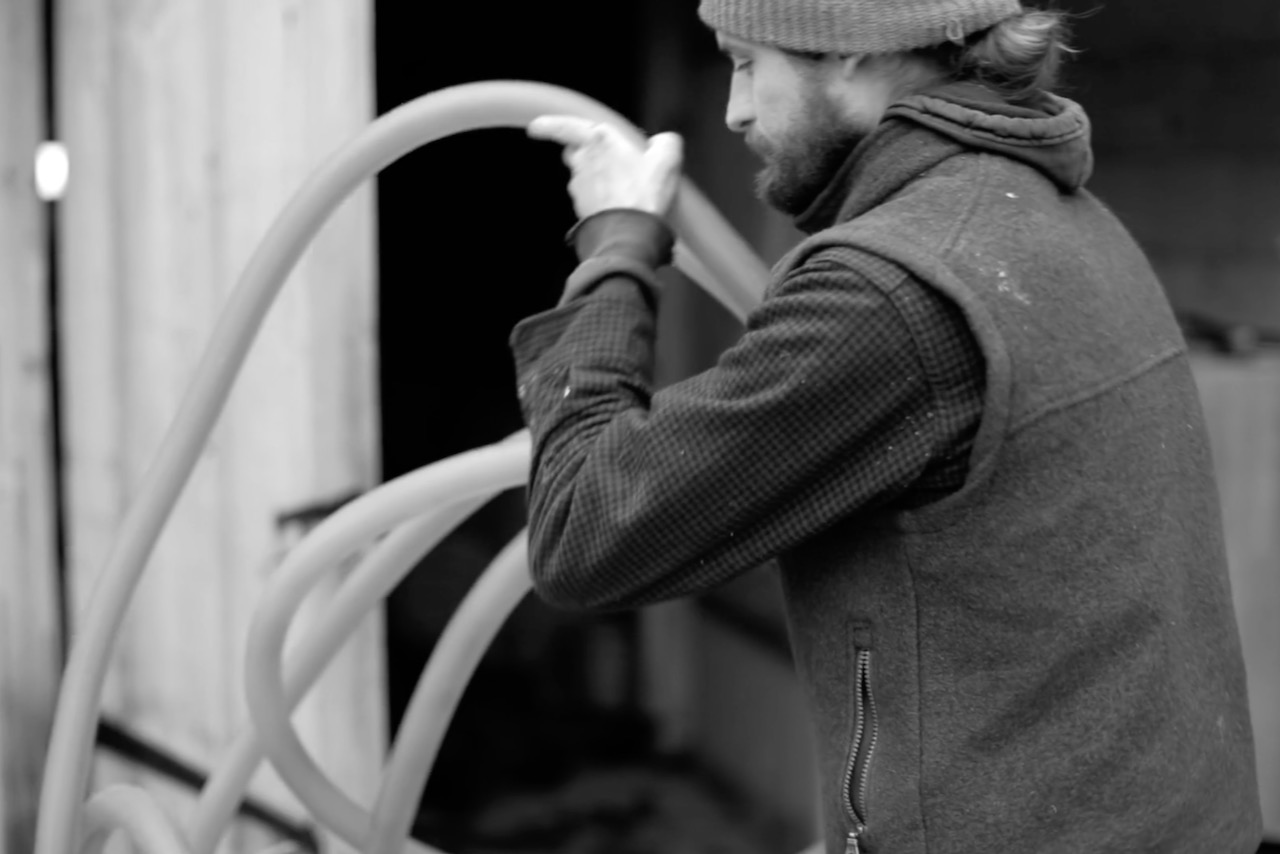
In addition to the still dry apple wines, you also have two types of sparkling cider, and sometimes add herbs or fruits.
We began making a traditional-method using maple syrup and honey, or juice from the next season to bottle — which is my favorite way to do it because it’s the most full-circle, and cheapest.
We also started experimenting with a pét-nat — ancestral method — using stainless steel fermentation to explore what the apple has itself. After three months of fermentation, we bottle it, then release it after six months to a year.
So, those are our three main cider offerings. But over the years we’ve also been blending-in the other fruits and herbs that we grow and forage. We done currant cider, dandelion cider, a little bit of hops, we’ve played with elderflower and yarrow and elderberry. We’ll continue to do that as we grow a more diverse orchard with mixed fruits.
That’s really our target here: to grow as much bounty and diversity in our orchard, and then have a means to put that diversity up, and to preserve the fruit of our labor.
You use “cider” and “wine” interchangeably. What does the word “wine” mean to you in this context?
The word “wine,” to me, is really dynamic. It’s much more expansive than just the fermentation of grapes. By definition it’s the fermentation of fruit, and what we’re doing is honoring each fruit, each local sugar source. We’ll make the wine in relation to what it has to offer, including the yeast that comes with it and the matrix it’s born within, directly harvesting and directly processing, and letting the place itself express through the wine.
I think that gets at the essence of what wine is: It’s a lifestyle, it’s a science, it’s an art, it’s philosophy. It really is just a process more than anything. Letting fermentation happen, and then the aging process, whether it’s in barrels or clay vessels. That process is, to me, wine. It could be made from anything.
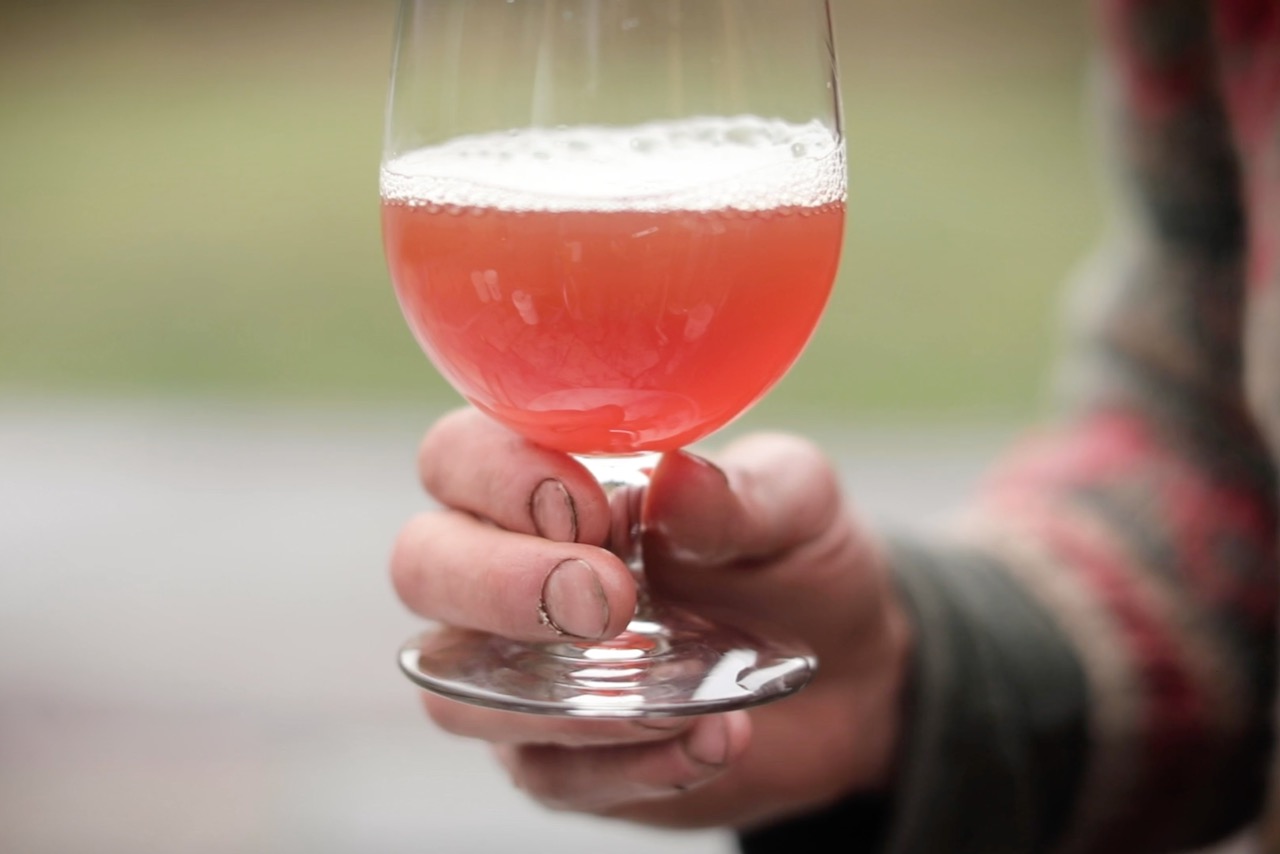
Say more about blending apples with other fruits.
Because cider is such an art of blending, that came naturally to us. We started getting grape skins from La Garagista, using their grape pomace and for color and flavor and steeping it in an aged cider — not even a co-fermentation. That was the first Vinous Venus. After that, we started tuning into what was happening with hybrid grapes, and started sourcing them from throughout the state, experimenting with Frontenac, Marquette, and La Crescent.
Grape and apple both have really nice acidity from cold-climate growing, and they blend really well together: the potency of the grape, and the deep earthy minerality we get in our ciders.
Let’s imagine I know very little about cider. How would you describe the taste of your ciders to me?
First and foremost, we ferment out. Cider wants to ferment out all the way, unless you stop it by some other means, which are usually artificial. So our cider’s dry. That’s the first thing that I tell people. People are used to artificially sweet cider.
Our ciders also tend to have a really briny quality, a mineral quality, lots of acidity that’s coming from the fruit, but also the cultures in our barrels, and the process itself, in that we allow the barrels to not get topped off as much as other wineries might.
We’re not afraid of volatile acidity, so there are many different types of acidity at play. We’re really exploring that threshold of vinegar and wine. None of our wines are overly vinegary, I don’t think, but we’re also making vinegar in this facility, and just rinsing our barrels with cold water and keeping things living. It teaches you about ecology, because it’s all about population numbers. Yes, there’s acetic acid bacteria in these barrels, but Yes, there are also a lot of other healthy cultures that make the wine what it is.
It takes the fear out of it, because you can rest assured you can leave the wine to its own devices and it’ll take care of itself because there’s a real diversity of cultures.
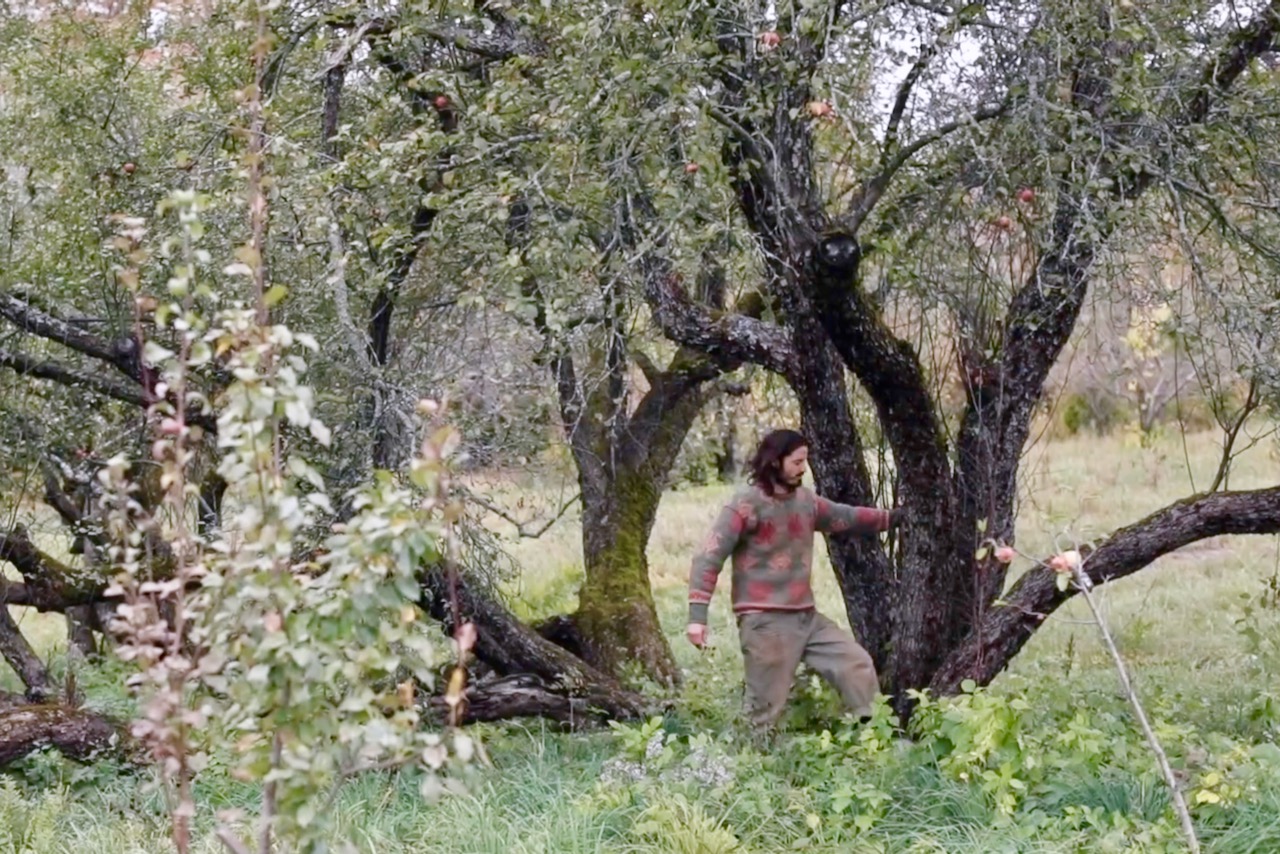
The diversity of cultures comes from the orchard and wild areas you forage, but also from the cellar itself.
Yes, exactly.
I’ve had arguments with makers about whether the cellar should be considered a part of terroir. Do you believe the cellar is part of terroir?
Hell yeah! The cellar’s definitely part of terroir. It’s like half is missing if you’re only looking at the vineyard. That’s been one of my critiques of the discussion that I’ve seen happening in the industry focusing just on soil and climate and vineyard. Because the decisions of the winemaker will completely change everything. It’s really hard to control the winemaking process to the point where you can rest assured that what you’re tasting is because of this or that. There are comic forces, there’s decision making, the types of vessels that are used — all sorts of things.
I don’t think I fully answered your question about what our ciders taste like. I would say that our wines are really full of energy. There’s almost like an electricity that comes through. I taste other wines and realize there is a real living quality to our wines and an energy that is unique. You merely have to make wine naturally and it’ll show itself to be electric.
The term “natural wine” is bandied about, argued about. People have online fistfights about it. What does “natural” mean to you?
Natural cider, natural wine, means simply that it’s allowed to manifest its inherent qualities. So as a winemaker, you act more as a shepherd. From the orchard and the vineyard to the cellar you’re guiding the process. Less controlling and manipulating — it’s more of a facilitation.
There’s an energy in natural things. It’s more of a lifestyle for me. I’m building my house with mostly natural materials. I eat very simply, whole foods. It’s about wanting to be healthy and vibrant and alive. Natural to me really is living. Anything that allows the wine to remain living.
Many thanks to Terroirist and Wine Industry Insight for recommending this article to readers.
Top photo of Jon Piana by Johannes Kroemer.

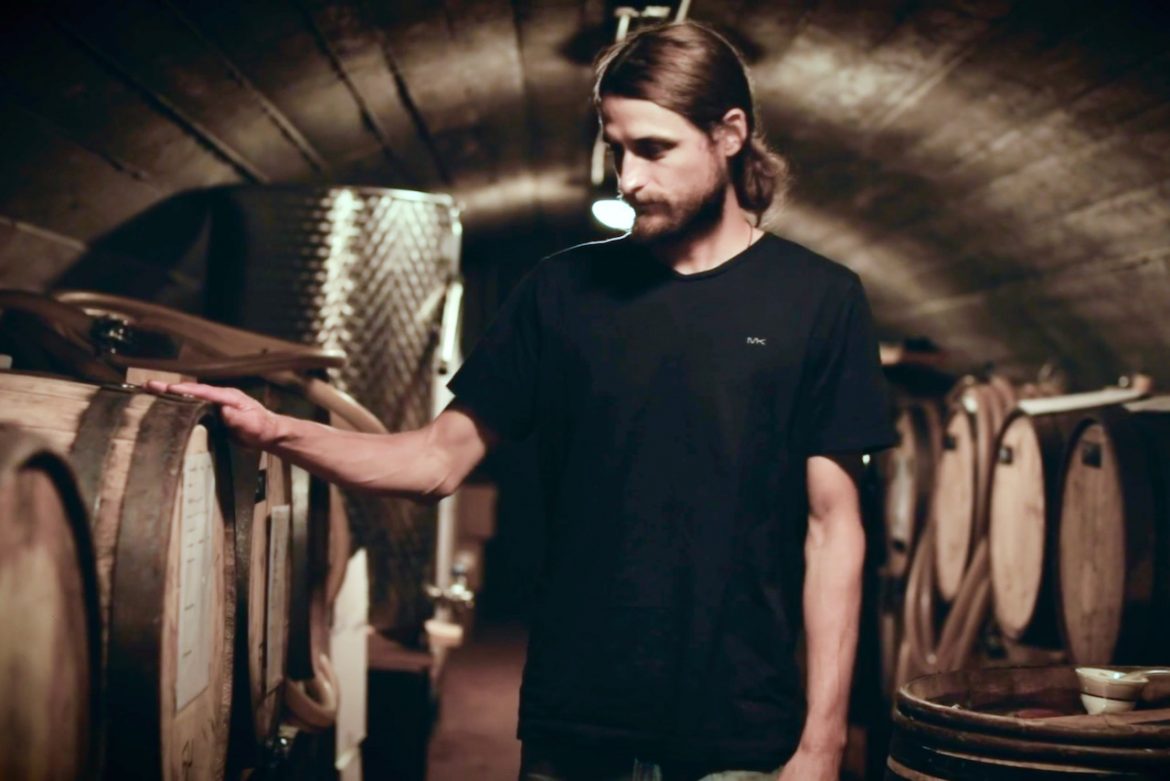

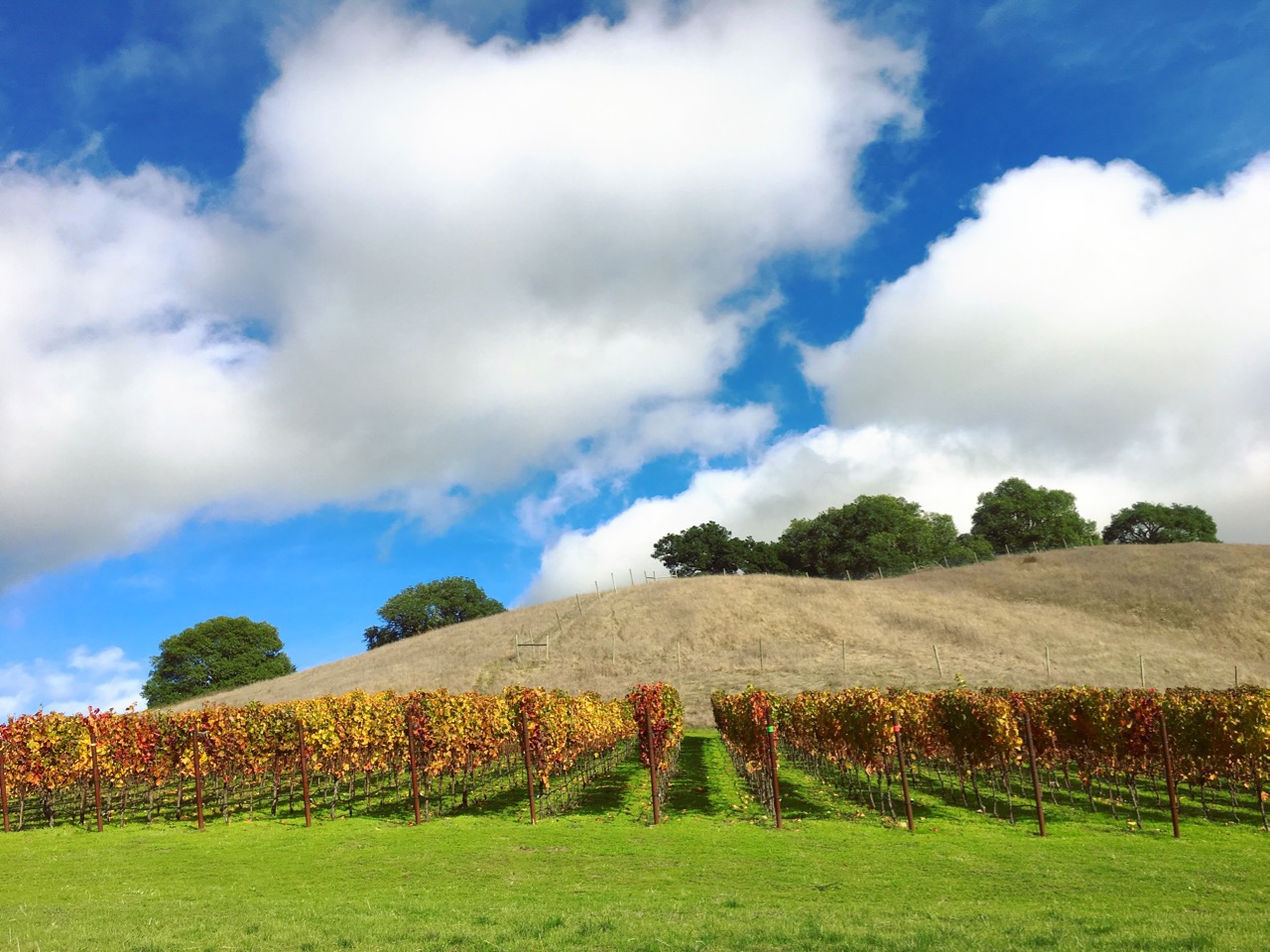

Fascinating. Until reading this article, I have never heard of foraging for apples to make such high quality terroir-driven cider. I cannot imagine such a thing in the wine making world, yet Jon considers himself a sort of wine maker. I am enthralled by this unfamiliar industry.
Michelle, many thanks for reading and for your thoughtful comments. Fable’s ciders were among the first Vermont ciders I tasted, and I was smitten with their creativity and deliciousness. Curiosity about their work, along with that of producers like Teddy Weber (Tin Hat), Sebastian Lousada (Flag Hill), Eleanor Léger (Eden), Deirdre Heekin (La Garagista), and others, sent me down the terroir cider rabbit hole.